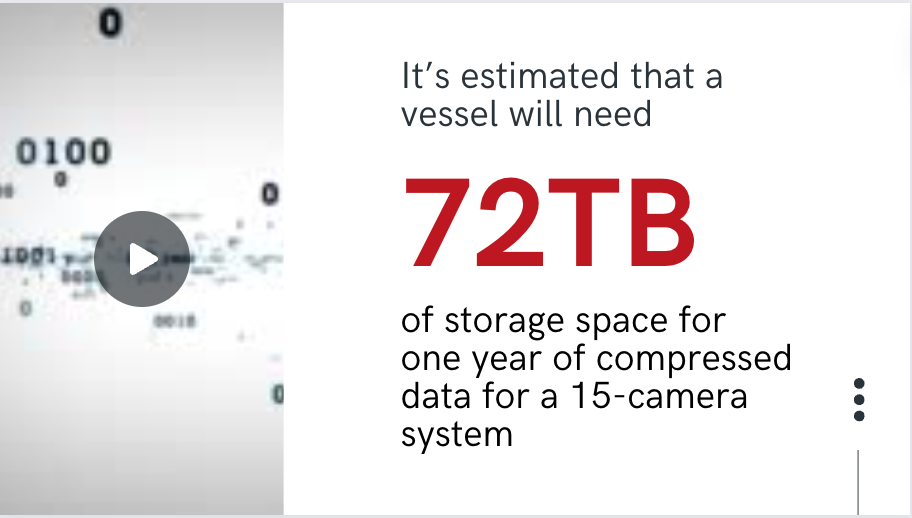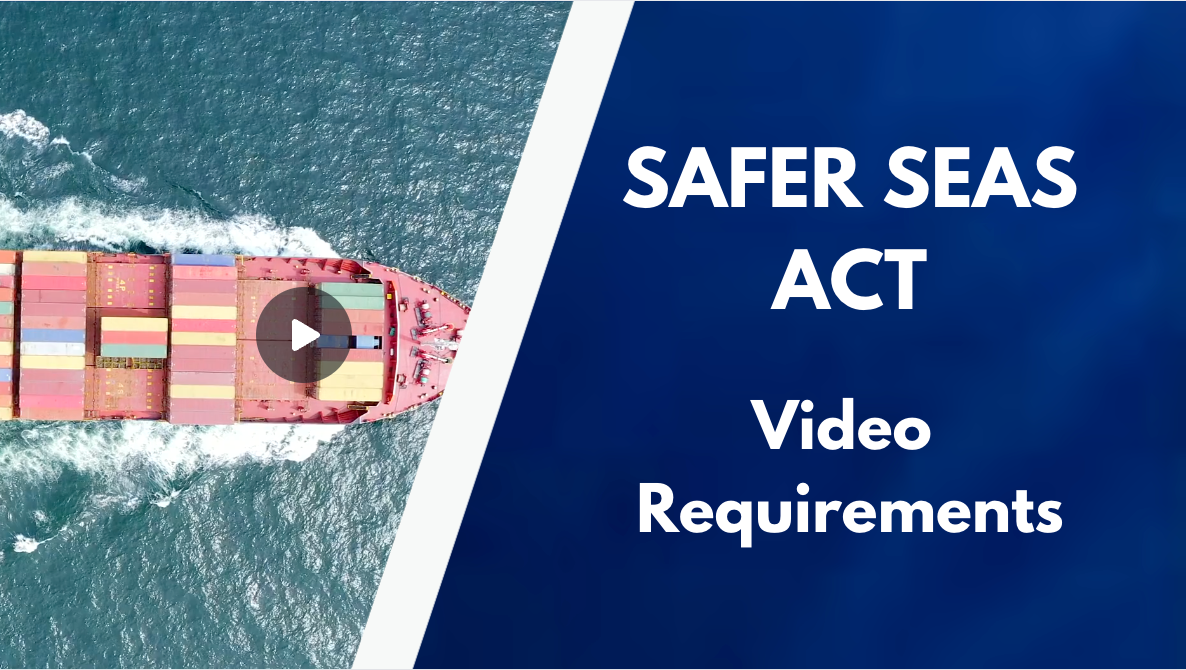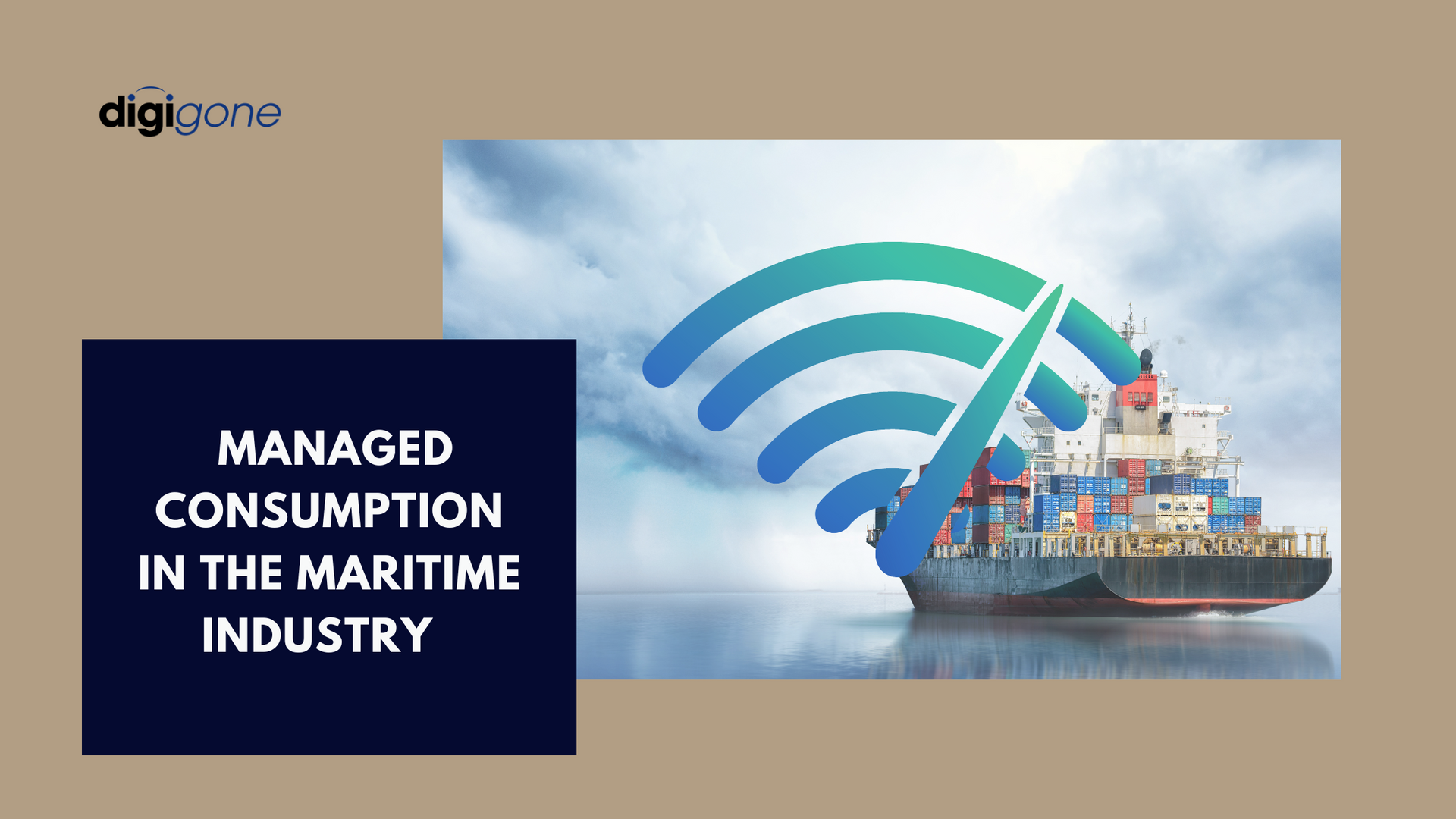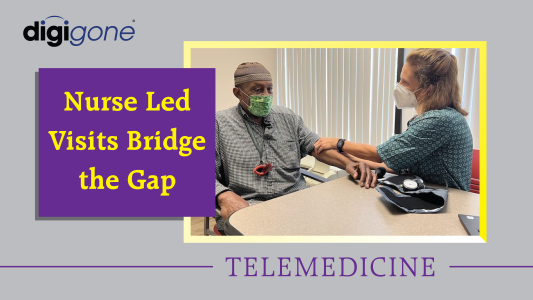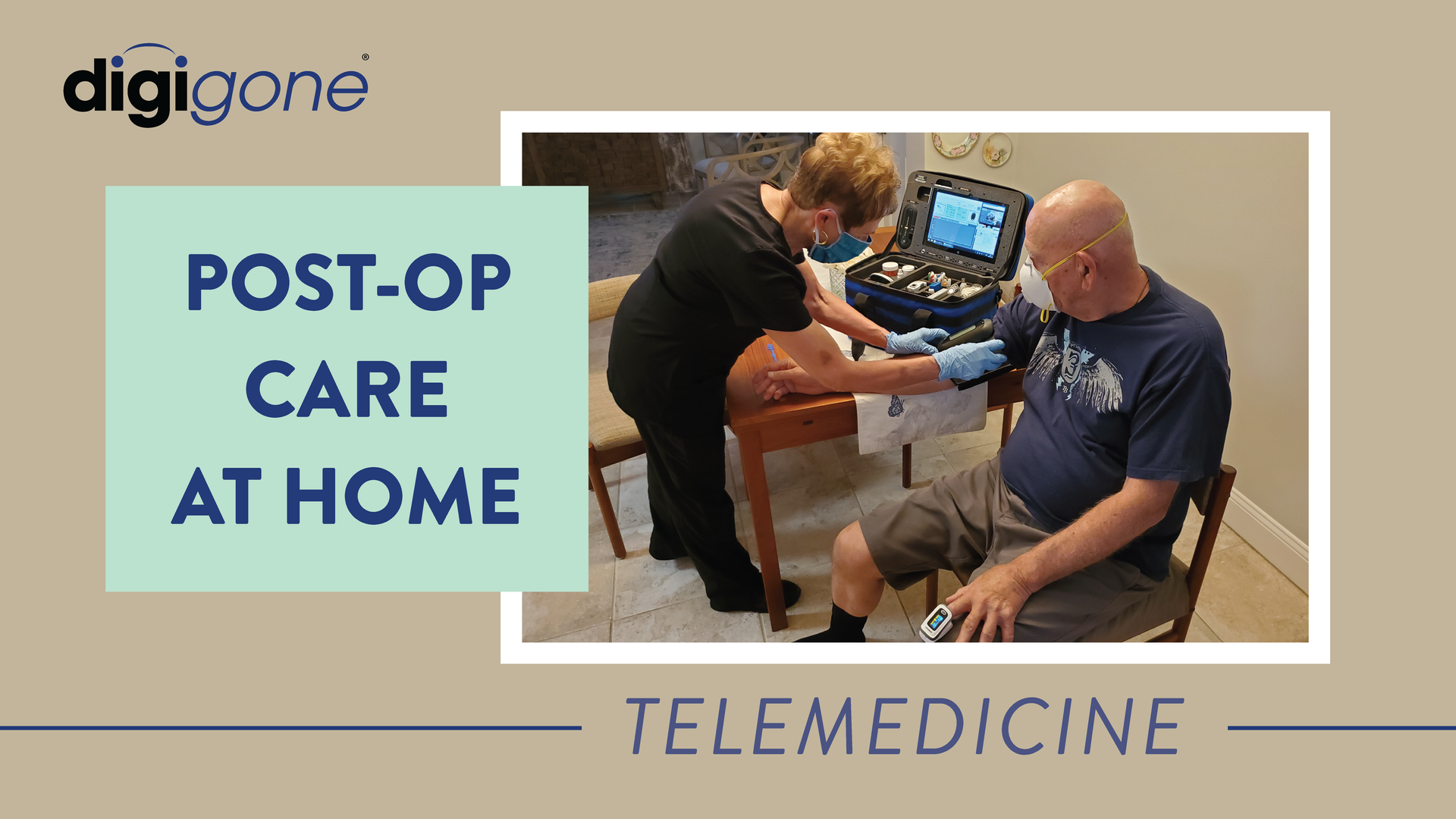Telemedicine is Changing How Emergency Care is Managed
DigiGone • October 7, 2020
Hospital systems and local governments are getting creative with how emergency care is managed. And telemedicine is at the center of it all.

The pandemic has strained the healthcare system across the country, particularly in places dealing with natural disasters like wildfires and hurricanes. Focusing resources– either physical or human–on those who truly need it is a critical priority. Alleviating the flow of people, and thus disease, to medical facilities is just as important.
Hospital systems and local governments are starting to take a closer look at how emergency care is managed. They’re getting creative in an effort to provide care in the smartest way possible.
Some are pairing telemedicine technology with first responders, particularly for chronic 911 callers and remote areas. When answering calls instead of transporting patients to a hospital, on-site medics collaborate virtually with a doctor using encrypted real-time technology and tools to triage patients. The overall aim is to provide immediate care, away from busy hospitals and reduce the number of transports.
Below we look at a few scenarios being tried across the country.
Reducing Hospital Transports
The
Los Angeles County Fire Department
is testing a program specifically aimed at non-emergency 911 callers. The program aims to assist mildly-ill patients by having an advanced provider, such as a nurse practitioner, evaluate patients through a video dashboard, along with an option to connect an emergency room doctor.
“The program connects patients who do not require emergency care with a provider who can assess the patient’s condition, provide a treatment plan, and even call in prescriptions to support the treatment plan,” Los Angeles County Fire Battalion Chief Roland Sprewell told the Antelope Valley Times.
So far, the program has allowed the fire department to divert “many patients” who would have typically been transported to a hospital; instead they are treated on-site. This allows the county to preserve precious space and resources at hospitals for those who truly need it.
COVID-19 Triage
Another similar pilot program was recently launched in Virginia to connect Virginia Commonwealth University (VCU) emergency medicine physicians with first-responders, lowering the strain on their busy EMS and hospital system. From a press release:
“When emergency medical service agencies in Virginia’s rural Essex, Westmoreland or Richmond counties respond to a call for a patient with COVID-19 symptoms, first responders are now able to communicate in real-time with VCU Health emergency medicine physicians using telehealth technology. VCU Health physicians are able to evaluate the patient and discuss the risks and benefits of transport to a hospital versus remaining in the home.”
First-responders are able to rapidly make decisions about what is best not only for the patients, but also take into consideration the possibility of exposing many others through a hospital transport.
Chronic 911 Calls
The San Rafael Fire Department in California is testing a similar strategy for chronic 911 callers. This pilot program is aimed at tackling repeat non-emergency calls which make up about 11% of all medical calls according to an article
in The Marin Independent Journal.
A fire engine and ambulance still respond to calls, but they also send a “DirectConnect” team, which includes a county nurse and a social worker. They arrive in a separate vehicle and take the lead in providing care for the patient.
The pilot program fills a gap between the level of care paramedics can provide and an emergency room, which is wide. Ideally, the DirectConnect team can intervene, provide the appropriate level of care and avoid transport to a hospital. And since these are chronic callers, the social worker is able to look at the bigger picture and address the issue behind the repeated calls.
The program is currently being tested four days a week, six hours a day before being implemented full-time.
The Expanding Role of Telemedicine
Hospital transports and admissions are costly. Being able to provide treatment on-site rather than transporting patients is ideal. And now with a pandemic, isolating the sick, preventing the spread of infection, saving space at hospitals for those who truly need it is a priority.
Enhanced Tools
Using a
doctor/patient consult interface
or, even more exciting, new augmented reality (AR) headsets, allows remote care providers to collaborate with doctors safely and securely anywhere.
Plus, the technology within telemedicine kits continues to get savvier. In addition, quad core tablets with a built-in webcam, as just mentioned,
AR headsets allow for a fully immersive and collaborative experience. With a camera on the headset, the onsite caregiver can share their view of the patient, which also allows them to work hands-free. Doctors, specialists or emergency room physicians can see and hear everything at the remote location and even access data from diagnostic tools being used.
The diagnostic tools in a telemedicine kit are designed to provide for a
complete triage and enhanced-level of care. A digital blood pressure cuff, glucose meter, electrocardiogram, pulse oximeter, USB otoscope and handheld ultrasound device are all commonly found in telemedicine kits.
Working Smarter Not Harder
Since the pandemic has hit, officials are starting to understand the importance of using technology to mitigate the flow of patients to hospitals. Simply stated, it’s better for everyone.
Hopefully, one of the examples detailed above sparks an idea of how your team can provide care in a safe more efficient way.

Telemedicine kits are becoming indispensable tools for home healthcare providers, particularly during transition care medical examinations (TCMs). While the initial TCM is conducted by a physician who generates revenue from the service, the telemedicine kit significantly benefits home healthcare providers by expediting patient registration for their care services. With a nurse or medical assistant deploying the kit, patients can be quickly evaluated and connected with a physician, ensuring all necessary documentation and approvals are completed more efficiently. This faster onboarding process allows home healthcare providers to register more patients in less time, helping them deliver care sooner and grow their services efficiently. The ability to “bring the doctor” to the patient through a telemedicine kit is invaluable in initiating care seamlessly. Once patients are on board, home healthcare providers can continue leveraging telemedicine technology to improve how they deliver services. The kits enable nurses and medical assistants to perform follow-up visits, diagnostics, and real-time consultations without requiring patients to leave their homes. This capability allows providers to optimize their schedules and visit more patients daily, all while maintaining a high standard of care. The efficiency gained means better coverage, smarter use of resources, and happier patients. Beyond efficiency, telemedicine kits help providers build stronger connections with their patients by making care more accessible and personalized. Providers can quickly respond to emerging health concerns, adjust care plans, and ensure ongoing monitoring—all from the patient’s home. This not only leads to better patient outcomes but also boosts the provider’s reputation for being reliable and innovative. By facilitating the registration of more patients and enhancing care once they are onboarded, telemedicine kits are powerful tools that enable home healthcare providers to expand their reach, improve operational efficiency, and thrive in an increasingly competitive market. In a rapidly evolving healthcare landscape, telemedicine kits are revolutionizing how home healthcare providers deliver care, enabling faster patient onboarding, enhanced service delivery, and stronger connections with patients. By integrating this indispensable technology, providers can streamline operations, improve patient outcomes, and position themselves as leaders in care innovation. Don’t miss the opportunity to elevate your home healthcare services. Explore how telemedicine kits can help you expand your reach, optimize your resources, and deliver exceptional care. Contact us today to learn more and take the next step toward transforming your care delivery model.
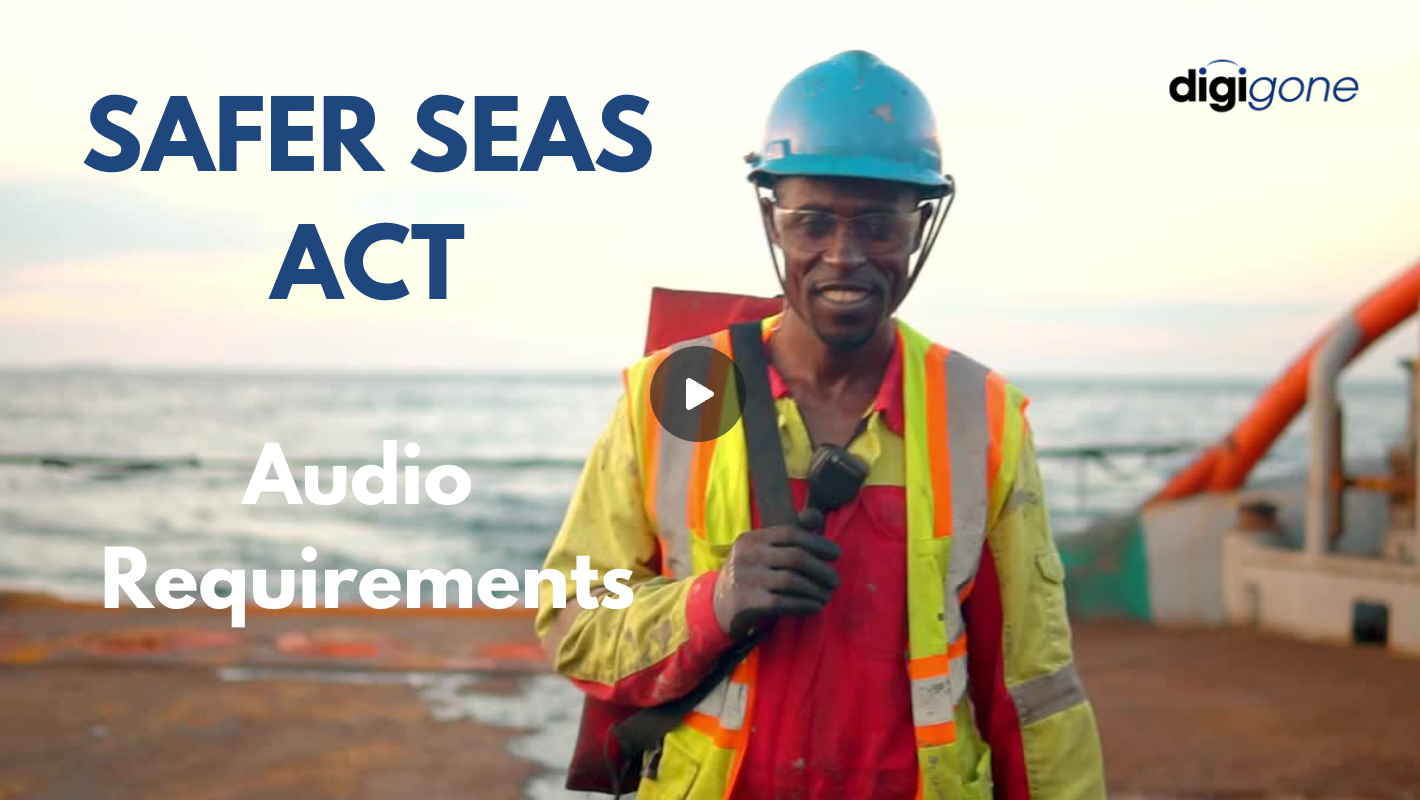
With the new Safer Seas Act, vessel companies must comply with many new regulations by the end of the year. One of those requirements includes audio equipment placed outside of hallways leading to staterooms, which DigiGone can help with. And while this may seem burdensome, these new rules will be good for vessel companies in the long run.



